Why hand hygiene remains important
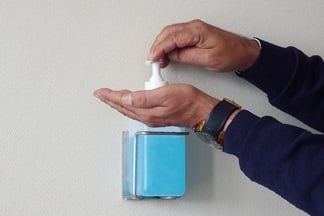


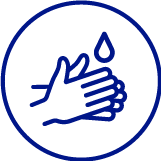
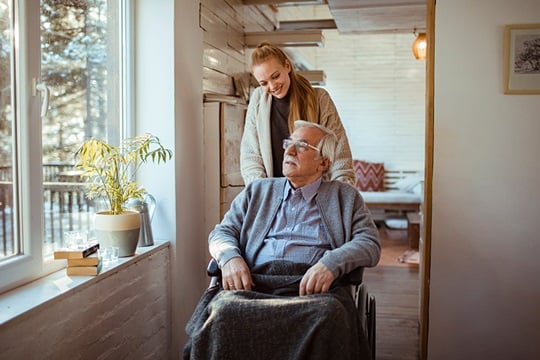
There are many reasons why people suddenly find themselves needing to care for a relative - whether it’s after a partner was involved in an accident, a child's illness, or simply because an elderly parent becomes unable to care for themselves due.
For caregivers, the new role usually entails several changes: they must learnball about the illness or disability, sometimes professional support needs to be organised, and often, even the entire daily routine has to be restructured.
But don't worry, you don't need to be a professional caregiver to look after your loved one - and you don't have to be a superhero either. Of course, caring for someone involves many different things—too many to cover in one article. In this article, we focus on hygiene and share the best measures to take to protect yourself and your loved ones.
People in need of care are often older or have chronic illnesses, so their immune system is generally not as able to fight off pathogens in the same way as young and healthy people. That’s why hygienic conditions are so important when ensuring the best way to prevent infections.
Hygiene in the care sector is more than just cleanliness: it's about creating an environment where the spread of viruses, bacteria, and fungi is hindered. Rigorous hygiene measures are not simply pedantry or a means to an end, but a profound expression of love and devotion as it directly contributes to the well-being of the person you are caring for.
By adhering to hygiene measures, you are ultimately not only helping the person you are caring for, but also yourself. After all, being in contact with people in need of care always involves a certain risk of infection for the caregiver too, for example when changing dressings, removing waste, or assisting the person with intimate care.
Now, let's delve into the specifics of hygiene in caregiving.
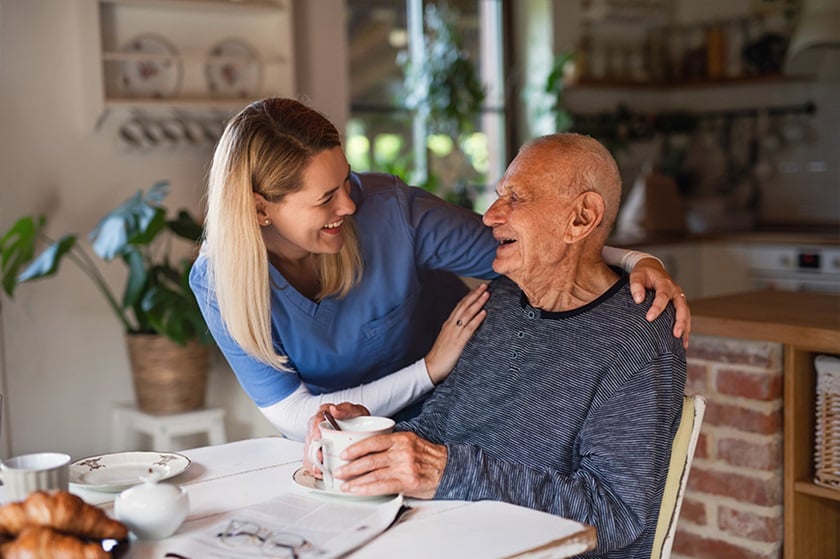
Did you know that the most common transmission of pathogens is through hands? [1] It's no surprise, considering how frequently we touch various surfaces with the potential to harbour viruses, bacteria, or fungi—be it a subway handrail or a public restroom faucet.
Through handshakes or shared objects, caregivers can easily become carriers of pathogens. After transmission to the hands, viruses, bacteria, and the like only need to come into contact with the mucous membranes (i.e. the eyes or the mouth) to enter the body [2].
For this reason, hand hygiene is one of the most important measures for breaking chains of infection—in everyday life and especially in care. Hand washing is a central component of this.
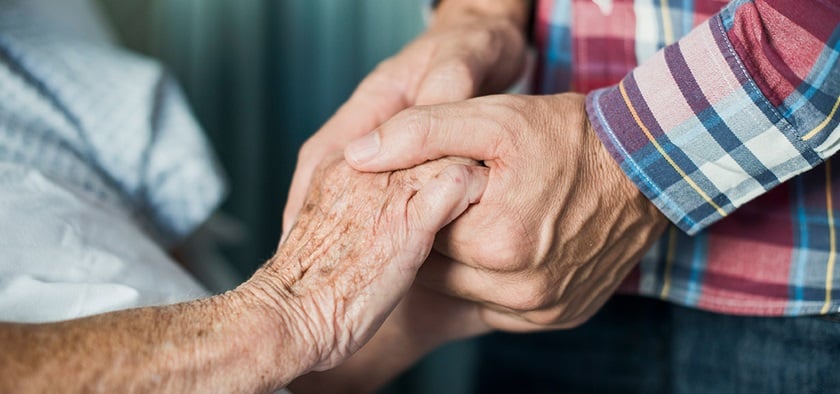
After visiting the restroom, before eating, or before preparing food: Since the pandemic, many of us have integrated regular handwashing into our everyday lives. However, this hygiene measure becomes even more important in a care context.
Thorough handwashing with water and soap helps remove a significant portion of pathogens from the hands. The washing process should last at least 20-30 seconds [3]. Moreover, attention should be paid to all areas: not just palms and the back of the hands but also your fingertips, spaces between your fingers, thumbs, and fingernails. Liquid soaps are preferable for hygiene reasons [2].
As a caregiver, it is best to always wash your hands in the following situations:
- Before preparing food
- Before touching medication or dentures
- After visiting the restroom
- After entering the home
- After visibly soiling your hands
You can find more helpful tips on handwashing in our article "Proper hand hygiene".
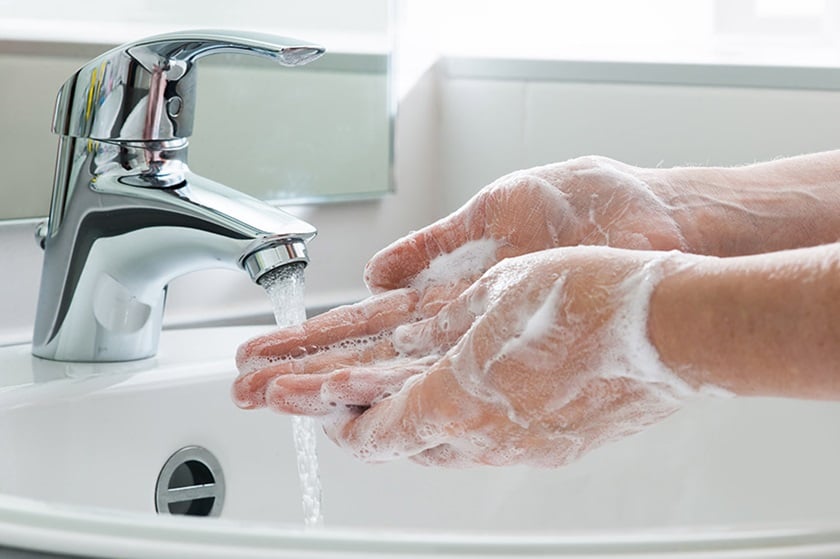
While handwashing is sufficient for personal safety in many everyday and caregiving situations, caregivers should also use hand disinfectants where appropriate.
A high-quality and effective hand disinfectant such as Sterillium® is always necessary, for example, if the person being cared for suffers from an immune deficiency, is particularly susceptible to infections due to catheters or chronic wounds, or if so-called aseptic activities (more on this below) have to be carried out. Then it’s particularly important to protect them.
In this respect, a product such as Sterillium® has the advantage that it is even more effective than classic soap. For example, it is also highly effective against stubborn pathogens such as noroviruses [4].
And hand disinfection has another advantage: anyone who washes their hands very frequently will be familiar with the problem of their skin drying out quickly and becoming chapped. In some cases, there is even a risk of inflammation. High-quality hand disinfectants such as Sterillium® foam extra care are different. They do not harm the skin's natural protective barrier and even actively prevent the skin from drying out with the help of ingredients such as jojoba oil [5].
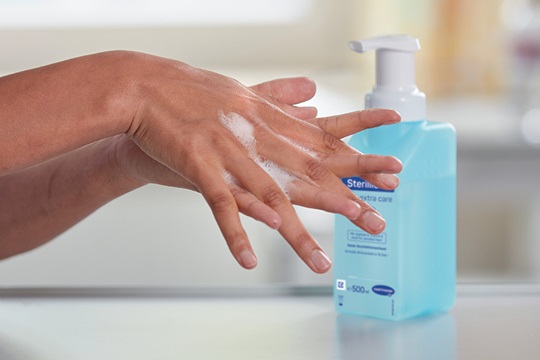
In hospitals or care facilities, professional caregivers have a clear guideline—the so-called "5 moments of hand disinfection"—for the situations in which they should disinfect their hands. This guideline can also be applied to care at home.
As a rule, hand disinfection is always necessary when medical and nursing activities take place in the private sphere of the person in need of care [6].
Hand disinfection should always be carried out in the following situations:
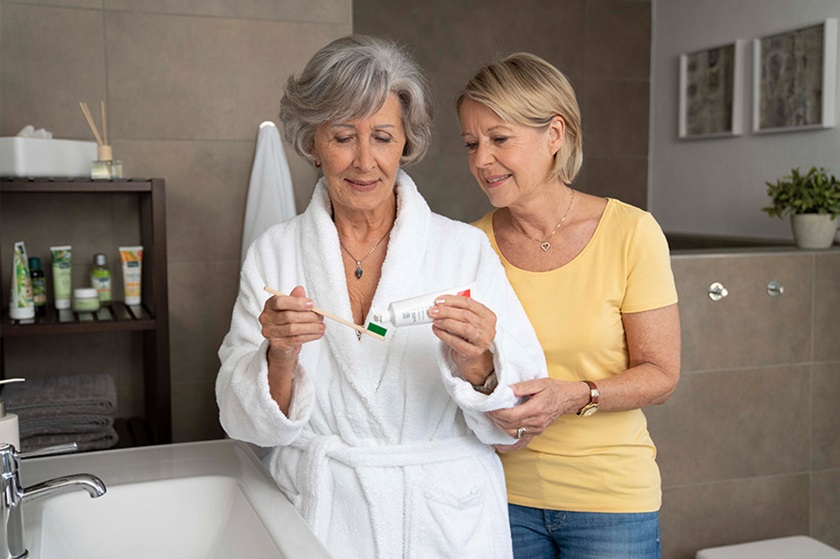
As a caregiver, you should also regularly disinfect frequently used objects and surfaces, such as the bedside table or the remote control. This is because certain pathogens can survive on them for several days and sometimes even weeks under the right conditions [7].
Our Sterillium® 2 in 1 wipes are ideal for removing pathogens quickly and easily from door handles, faucets, and other surfaces. For the rapid disinfection of more sensitive materials such as monitors, acrylic glass or smartphone displays, we have developed our new Sterillium® surface spray. After one minute of exposure, the spray removes most viruses and bacteria. After three minutes more persistent pathogens such as noroviruses are also removed.
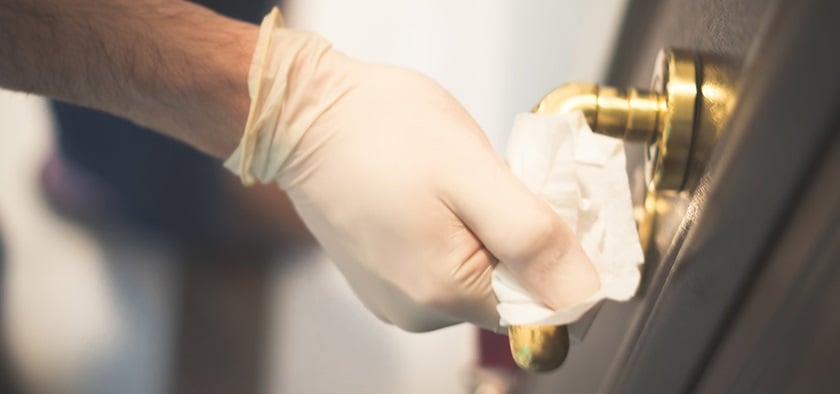

Caring for a relative is always a challenge that can quickly become a test of endurance. However, with the right hygiene measures, caregivers can create an important basis for the well-being of their loved ones relatively easily. Disinfecting hands and surfaces should be seen as an act of appreciation for the person in need of care, as it protects them from illness and is an essential part of their overall well-being.
With our Sterillium® products, we help all those who provide care for a loved one. Our hand and surface disinfectants have been valued by healthcare professionals for years for their effectiveness and skin-compatible properties. They are now used every day in hospitals and care facilities. This makes Sterillium® the perfect companion for home care, too.
[1] The European Antimicrobial Resistance Surveillance System (EARSS): EARSS Annual Report 2008, National Institute for Public Health and the Environment (RIVM), Bilthoven
[2] Infektionsschutz.de/ Händewaschen https://www.infektionsschutz.de/haendewaschen/
[3] AOK.de / Hygienemaßnahmen in der Pflege https://www.aok.de/pk/magazin/pflege/pflegetipps/diese-hygienemassnahmen-steigern-das-wohlbefinden-zu-pflegender/
[4] Fry DE (2019) Operating Room Hand Preparation: To Scrub or to Rub? Surg Infect (Larchmt) 20: 129-134. https://doi.org/10.1089/sur.2018.302
[5] Heba A. Gad et al. / Jojoba Oil: An Updated Comprehensive Review on Chemistry, Pharmaceutical Uses, and Toxicity (2021) https://www.mdpi.com/2073-4360/13/11/1711
[6] pflege.de / Händedesinfektion in der häuslichen Pflege https://www.pflege.de/hilfsmittel/pflegehilfsmittel/haendedesinfektion/
[7] Kramer A, Schwebke I, Kampf G. How long do nosocomial pathogens persist on inanimate surfaces? A systematic review. BMC Infect Dis. 2006 Aug 16;6:130. doi: 10.1186/1471-2334-6-130. PMID: 16914034; PMCID: PMC1564025.